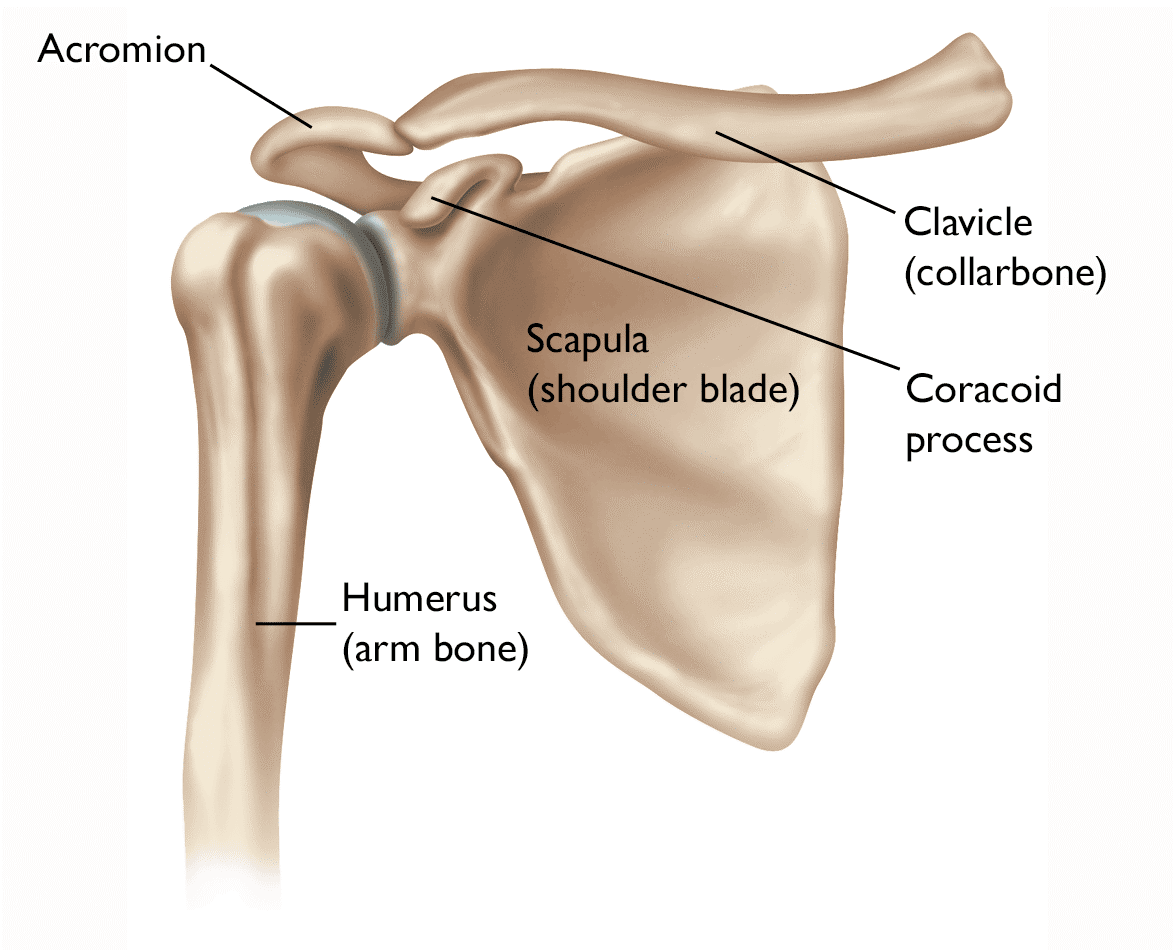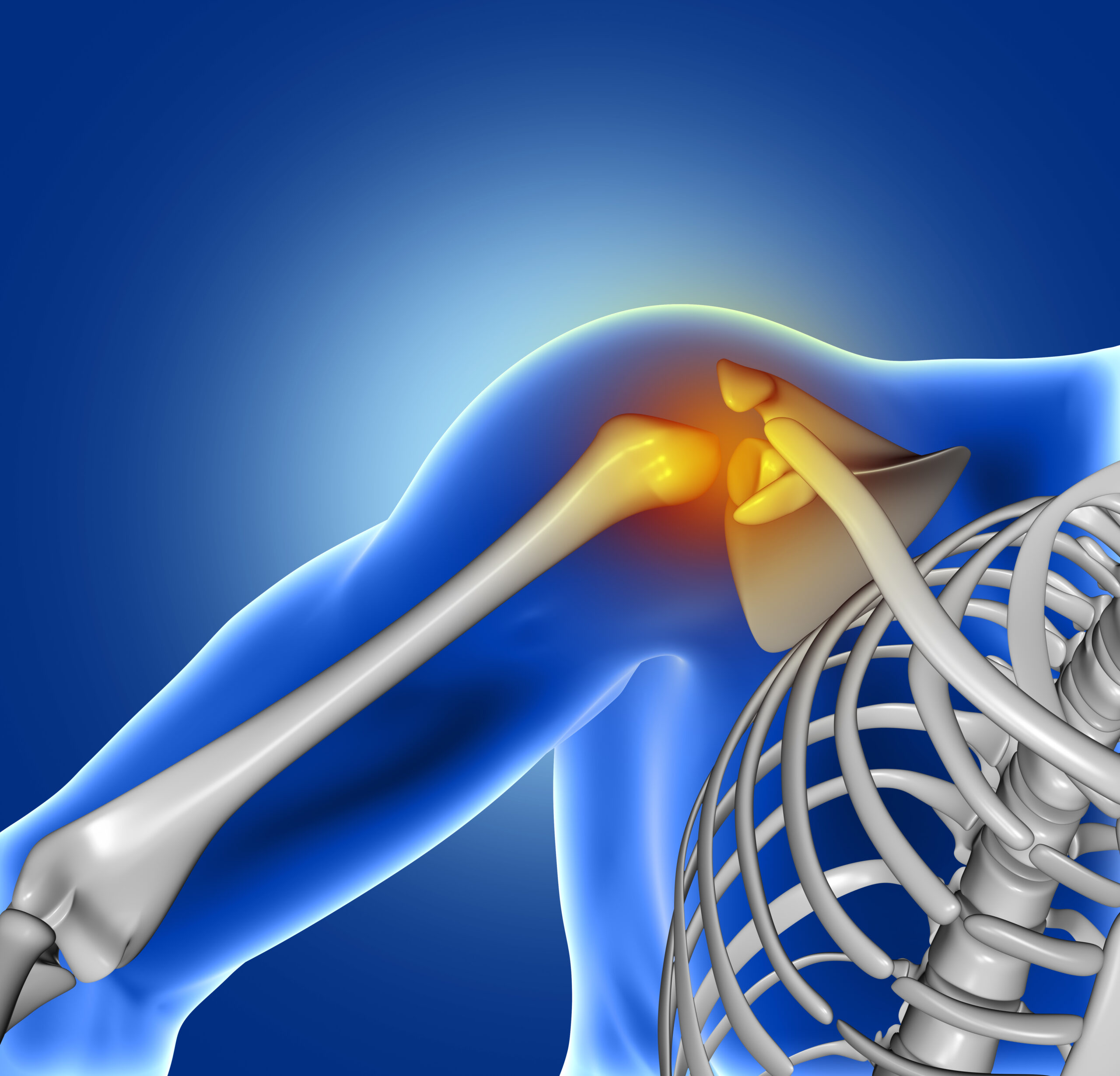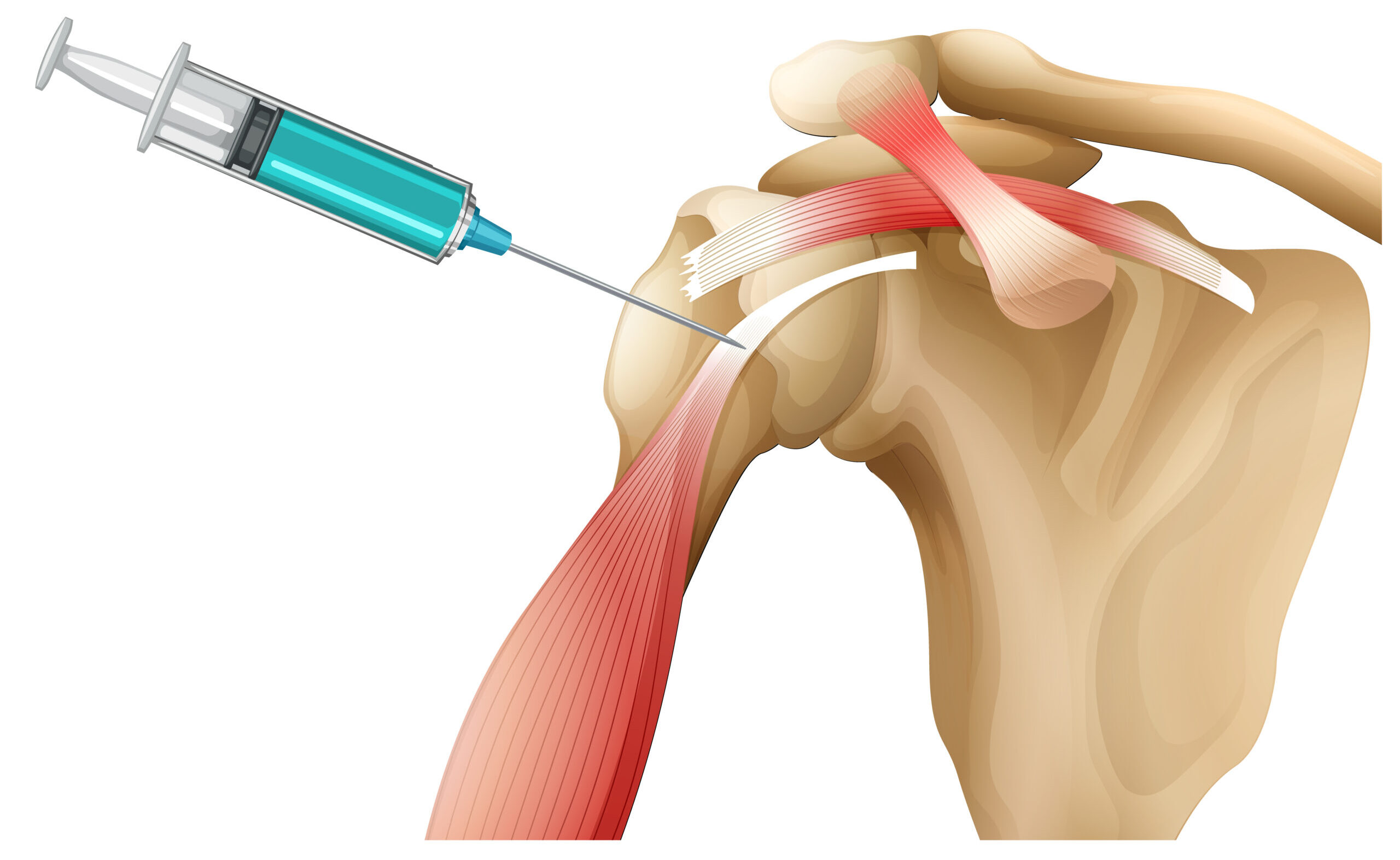Shoulder Arthroscopy
Expert Shoulder Arthroscopic Surgeon in Kolkata: Trustworthy Solutions for Pain-Free Shoulder Movement.
Shoulder replacement surgery was first performed in the United States in the 1950s to treat severe shoulder fractures. Over the years, shoulder joint replacement has come to be used for many other painful conditions of the shoulder, such as different forms of arthritis.
This is a procedure performed by a shoulder arthroscopic surgeon in Kolkata to diagnose and treat issues in the shoulder joint. In this minimally invasive surgery surgeon insert a small arthroscope through a tiny incision. This allows the arthroscopic surgeon to view the joint on a monitor and identify any problems. The surgeon can then use specialized surgical instruments to address the issues, such as repairing a torn rotator cuff or removing damaged tissue. Compared to traditional open surgery, shoulder arthroscopy is performed by a skilled shoulder arthroscopic surgeon in Kolkata which reduces pain, scarring, and recovery time.
Anatomy of Shoulder
Your shoulder is made up of three bones: the upper arm bone, the shoulder blade, and the collarbone. These bones form a ball-and-socket joint, with the ball of the upper arm bone fitting into a shallow socket in the shoulder blade called the glenoid.
The surfaces of these bones are covered with a smooth substance called articular cartilage, which protects the bones and allows them to move smoothly. The shoulder joint also has a synovial membrane, which produces a small amount of lubricating fluid that eliminates friction.
The muscles and tendons surrounding the shoulder provide stability and support, allowing the shoulder to rotate through a greater range of motion than any other joint in the body.

When a Shoulder Arthroscopy is Needed?
In the following cases, a shoulder arthroscopic surgeon in Kolkata may suggest you an arthroscopic surgery:
- Shoulder injuries: If you have sustained a shoulder injury, such as a rotator cuff tear, labral tear, or frozen shoulder, and conservative treatments such as rest, physical therapy, and medications have not been effective, then we may recommend shoulder arthroscopy.
- Shoulder instability: If you have shoulder instability, which can cause frequent dislocations, your doctor may recommend shoulder arthroscopy to repair the damaged ligaments or labrum in your shoulder joint.
- Shoulder impingement: If you have shoulder impingement, which is caused by the compression of soft tissues in your shoulder joint, your doctor may recommend shoulder arthroscopy to remove the damaged tissue and relieve the pressure.
- Shoulder arthritis: If you have shoulder arthritis, which causes pain, stiffness, and limited mobility in your shoulder joint, your doctor may recommend shoulder arthroscopy to remove the damaged tissue and relieve pain.
In general, shoulder arthroscopy is recommended when conservative treatments have failed to relieve your symptoms and surgery is deemed necessary to improve your shoulder function and quality of life.

Steps that Common Arthroscopic Procedures Consist of:
Arthroscopic procedures can vary depending on the specific condition being treated. However, the general steps for a common arthroscopic procedure are as follows:
- Anesthesia: The first step is to administer anesthesia, which may be general or regional anesthesia.
- Incision: Once the anesthesia takes effect, a small incision is made in the shoulder to insert the arthroscope, a small camera used to view the inside of the joint.
- Exploration: The surgeon explores the inside of the shoulder joint using the arthroscope, looking for any damage or abnormalities.
- Surgical Repair: Based on the findings, the surgeon can repair or remove damaged tissue using surgical instruments. Some common procedures include rotator cuff repair, labral repair, or subacromial decompression.
- Closure: Once the repair is complete, the arthroscope is removed, and the incisions are closed with stitches or surgical tape.
- Recovery: After the procedure, the patient is taken to the recovery room to be monitored until the anesthesia wears off. Most patients can go home on the same day of the surgery, but recovery time varies depending on the extent of the surgery.

What are the Risks Involved with Shoulder Arthroscopic Surgery?
Like any surgical procedure, there are some risks involved with shoulder arthroscopic surgery. These risks may include:
- Infection: There is a small risk of infection with any surgical procedure, including shoulder arthroscopy.
- Bleeding: Excessive bleeding during or after the surgery is rare, but it can occur.
- Nerve injury: There is a small risk of nerve injury during the surgery, which can result in numbness, weakness, or tingling in the arm.
- Shoulder stiffness: After the surgery, some patients may experience shoulder stiffness, which can limit the range of motion.
- Blood clots: There is a small risk of developing blood clots after the surgery, especially if the patient has other risk factors.
Before the Shoulder Arthroscopic Surgery, You Should Take the Following Precautions:
- Inform your doctor about any medications, supplements, or herbs you are taking as some of them may increase the risk of bleeding during surgery.
- Stop smoking and consuming alcohol at least a week before surgery as it can interfere with the healing process.
- Make sure to arrange for a responsible adult to drive you home after the surgery, as the effects of anesthesia may last for a few hours.
- Discuss any allergies you may have, as the surgery may involve the use of contrast dyes, latex products, or other materials that may cause an allergic reaction.
- Follow any instructions provided by the surgeon regarding fasting before surgery. Generally, patients are asked not to eat or drink anything for a few hours before the surgery to prevent complications during anesthesia.
- Wear comfortable, loose-fitting clothes that are easy to remove and put on.

Procedure, Precaution, and Checkup Period after the Surgery is Done:
After the shoulder arthroscopic surgery, it is important to follow some precautions to ensure proper healing and avoid any complications. These may include avoiding lifting heavy objects or performing any strenuous activities for several weeks, as well as keeping the surgical area clean and dry. Pain and discomfort may be present for a few days following the procedure, but this can be managed with pain medication and ice therapy.
Patients may need to attend physical therapy sessions to help regain range of motion and strength in the affected shoulder. Follow-up appointments with the surgeon will also be necessary to monitor the progress of the healing process and ensure that the shoulder is functioning properly. Full recovery from shoulder arthroscopy can take several months, but with proper care and follow-up, patients can often resume their normal activities without pain or limitations.
